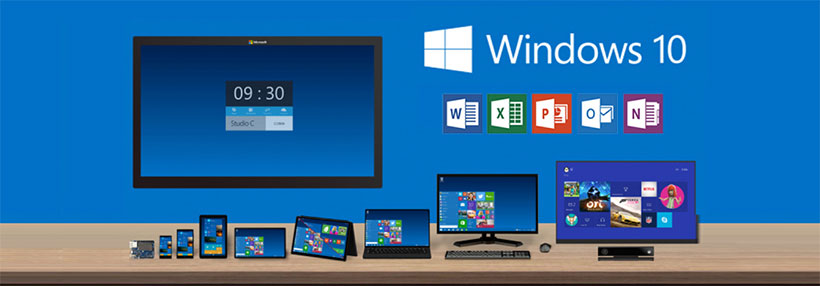
The Microsoft Lifecycle Policy is designed to provide customers with consistent and predictable guidelines for the availability of support throughout the life of a product. However, due to the recent development of the Modern Lifecycle Policy, some users are confused. This article will outline the differences between the preexisting Fixed Lifecycle Policy and the newer Modern Lifecycle Policy.
Fixed Lifecycle Policy: Designed for older programs like Windows 7 and Office 2000-2010, the Fixed Policy includes 10 years of support from Microsoft, including “mainstream” support for five years and “extended” support for another five.
During the mainstream support period, Microsoft is providing complementary support and is still updating the product’s code— design updates and security updates for any bugs that emerge, for example.
Once a product reaches extended support, Microsoft no longer proactively updates/improves the product, and complimentary support ends. However, Microsoft still issues bug fixes and patches and provides paid support. After extended support ends, there are no new updates of any kind—security or other—and no paid support or online technical content updates.
Modern Lifecycle Policy: Users of licensed products receive service and support throughout the product’s lifecycle as long as they stay “current” per the product’s servicing and licensing requirements. “Staying current” requires the customer to accept all servicing updates and apply them within a specific timeframe that varies per product. However, this does not mean organizations receive support in perpetuity.
Once Microsoft decides to terminate the life of a paid product, it will give firms a minimum of 12 months’ notification before ending support without providing a successor product or service. However, to maintain its market share and reputation, we suspect Microsoft may provide far more notice than that for popular products.
What These Policies Mean for Business Owners
Windows 7, at one time the world’s most popular operating system, will reach its end of life (EoL) on January 14, 2020. At that time, Microsoft will no longer support it in any way—discontinuing even bug fixes and system patches. Organizations that continue to run Windows 7 after this date will be placing themselves at much greater risk of system crashes and possible cyber-intrusion. Similarly, support for Office 2010 ends on October 13, 2020.
Carmichael Consulting Solutions urges all business leaders to make and execute plans in 2019 for a staged transition away from these products and to the adoption of Windows 10 and Office 2019 or Office 365. We also strongly recommend firms map their networks afterwards to confirm all systems have been updated. We are currently consulting with our clients, helping them develop a plan and determine what their next steps should be. To request a consultation, click this link.
Managed IT Services for Mac, Windows, mobile and more in Alpharetta, Roswell, Johns Creek and metro Atlanta.
11660 Alpharetta Highway
Bldg. 400, Ste. 490
Roswell, GA 30076

IT Services
Menu
Newsletter Signup
Tyler Jones, President, Carmichael Consulting Solutions Discloses the Single Most Important Thing to Know About Technology
© 2024
Carmichael Consulting | Privacy Policy | Powered by WT Digital Agency
